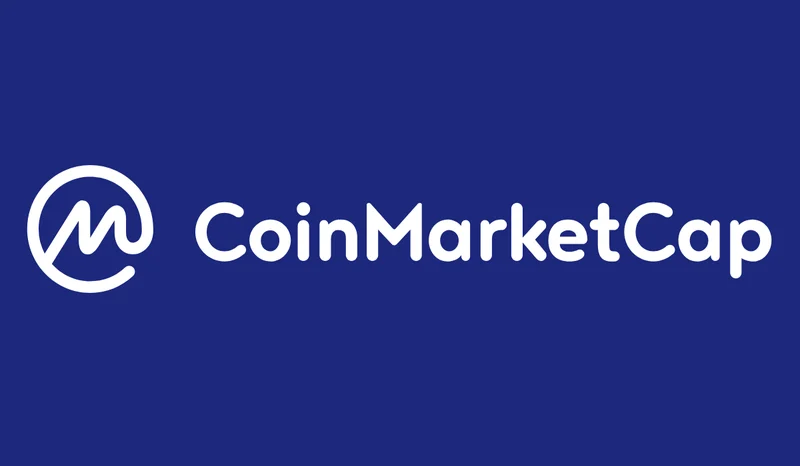The Corporate Trojan Horse: Is Sui Turning Its Treasury into a DeFi Bank?
There’s a fascinating experiment unfolding in the crypto space, and it has little to do with consensus mechanisms or zero-knowledge proofs. It’s a corporate finance play dressed in blockchain clothing. Sui Group Holdings, a Nasdaq-listed company, has announced its intention to launch two stablecoins, suiUSDe and USDi, on its native Sui blockchain by the end of 2025. On the surface, the SUI Stablecoins Launch via Ethena Partnership is another entry into an already crowded field. But I've looked at hundreds of these announcements, and this particular move warrants a closer look. This isn't just a protocol launching a token; it's a publicly traded entity attempting to become the central bank for its own digital ecosystem.
The plan itself is straightforward. By partnering with Ethena—a protocol that has already scaled its own USDe to a formidable size—Sui gains immediate infrastructural credibility. One stablecoin, suiUSDe, will offer yield, while the other, USDi, will not. The stated objective is to reduce the Sui ecosystem's reliance on external assets like Circle's USDC and to deepen on-chain liquidity. Chairman Marius Barnett wasn't subtle about the ambition, framing it as the creation of a "next-generation SUI Bank."
This is where my analysis diverges from the standard crypto news cycle. The term "bank" is a loaded one, carrying with it a century of regulatory baggage. For a public company to use it so openly is either a sign of profound confidence or a staggering miscalculation of the scrutiny to come. They are essentially attempting to vertically integrate their financial stack. It’s like a car manufacturer deciding to build its own nationwide network of exclusive gas stations. Sure, it guarantees your cars always have fuel and you capture another revenue stream, but it also drags you into the hyper-competitive and heavily regulated energy sector, a world away from your core business of building cars. Is Sui prepared for that fight?
A Balance Sheet in Crypto Clothing
To understand the real motivation, you have to look past the press release and at the balance sheet. Sui Group explicitly states that net revenue generated from the stablecoin reserves will "strengthen Sui Group's balance sheet and treasury position." This isn't just about ecosystem health; it's a direct, P&L-driven initiative designed to create new revenue streams and enhance shareholder value. This is finance, not just technology.

The company's behavior supports this thesis. Last month, Sui Group added approximately 20 million SUI tokens to its holdings—to be more exact, filings suggest a figure closer to 19.8 million—pushing its total SUI position past the $300 million mark. This accumulation is facilitated by a direct purchase agreement with the Sui Foundation, allowing the treasury to acquire tokens at a discount. (This is a common arrangement in the space, but one that raises questions about market fairness). They are loading up on their native asset while simultaneously building the infrastructure to make that asset more useful and, they hope, more valuable.
This is the part of the strategy that I find genuinely compelling, and also the most fraught with risk. The success of any stablecoin hinges on the market's absolute trust in its reserves. Ethena brings a powerful protocol, but Sui Group brings the oversight of being a public company. This could be their trump card. In a market scarred by collapses rooted in opaque, off-shore accounting, the promise of SEC filings and quarterly reports could be a powerful differentiator. Yet, it also raises a critical question: How does a Nasdaq-listed entity reconcile the rigid, GAAP-compliant world of corporate accounting with the fluid, often convoluted mechanics of DeFi reserve management? The two systems don't just speak different languages; they exist in different physical realities.
The challenges are not trivial. Regulatory compliance for a stablecoin issuer is a minefield that grows more complex by the day. Reserve transparency will need to be impeccable, far beyond the unaudited "attestations" that have become the dubious industry standard. And then there's the competition. They aren't just competing with other layer-1 blockchains (like Ethereum and Solana); they are taking direct aim at giants like Tether and Circle, entities with years of experience, deep liquidity pools, and entrenched network effects. Sui is betting that its unique corporate structure is an advantage, not a liability. It’s a bold, high-stakes wager.
A Calculated Gamble on Legitimacy
Ultimately, this isn't just another stablecoin launch. It's a test case for a new kind of crypto-corporate hybrid. Sui Group is attempting to leverage the perceived legitimacy and transparency of the public markets to solve one of crypto's oldest problems: trust. If they succeed, they could create a powerful model for how publicly traded companies can actively participate in and profit from decentralized ecosystems, moving beyond simply holding digital assets on their balance sheet. They could, in effect, become the blueprint for the "corporate DAO."
But if they fail, the fallout could be significant. A misstep in reserve management, a regulatory crackdown, or a failure to gain market traction won't just hurt the token price; it will be dissected in quarterly earnings calls and SEC filings, with consequences for shareholders and the company's stock price on platforms like Yahoo Finance. They are willingly placing the chaotic, volatile world of crypto under the unforgiving microscope of Wall Street. It’s a gutsy, perhaps even necessary, experiment. But it’s one where the margin for error is razor-thin.
